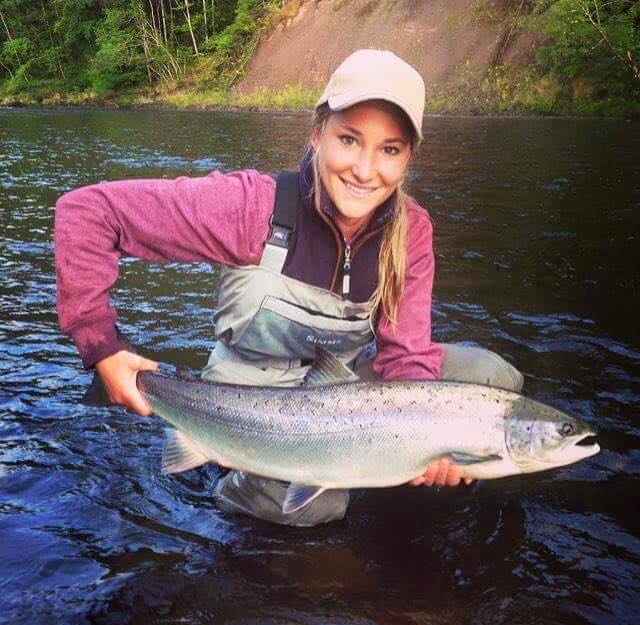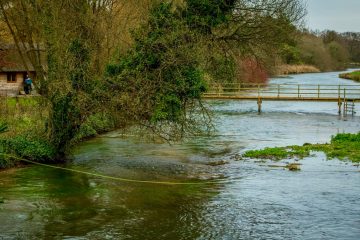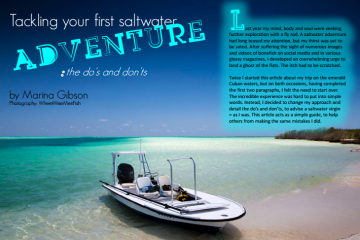Despite some rivers experiencing lower catch records in recent years the enigmatic and determined Atlantic Salmon still return, and we anglers keep returning even though we are aware of the challenges the salmon face. Those who cherish salmon fishing, although reluctant to admit it, would pay the price, take numerous days off work and travel thousands of miles to experience the thrill of catching an Atlantic salmon. A simple tug, a devastating loss or being fortunate enough to land one can keep one’s enthusiasm going for years and that is the reason we keep returning. If you bear the bug it is a curse.
In 2014 I was invited to fish the River Spey. On the second day as I still hadn’t touched a fish our Ghillie Grant Morrison gave me a Grant’s Orange, a fly of his own invention. My mind wandered asking unanswerable questions such as; “Why exactly does a salmon take a fly”? As many of us know and much research has proven, salmon do not feed in fresh water. Theories tell us that a fly can entice a salmon to take through aggression, adrenaline, annoyance and even colour patterns – depending on the time of year and distance a fish has travelled in freshwater. Rising and dropping water levels stimulate salmon to run upstream to reach their spawning grounds, which can change likely lies where the salmon stop and rest before continuing up the river. Due to such a wide range of variables, like the aforementioned examples, this gives rise to a myriad of questions that are more often than not unanswerable. An example of this is found in W.M. Shearer’s book on ‘The Atlantic Salmon’ (published in 1992), which quite clearly lays out that cortisol is one of the primary reasons that salmon are responding to stimulus in riverine scenarios. It would be like going on a run and arriving home to be welcomed by your flat mate antagonising you with a feather duster (referring to a fly). Such harassment whilst you are experiencing adrenaline already rushing through your body could possibly cause you to lash out.
If I were a hungry salmon in the ocean I would certainly have a nibble at a Grant’s Orange but as salmon do not feed in fresh water I would have to rely on presentation and an element of luck to attract the fish.
For the pre- supper cast I was allocated on a pool called Hollenbush; a location so magnificent I have an image of it in my mind still: of the towering trees on the opposite side of the river making their way up a steep Highland slope and the majestic Spey carving its way through the rugged landscape where I stood. As I cast my fly into the unknown I had that amazing feeling of tranquillity. In that moment it was just my rod, the river and me.
Before I had a chance to think I was down to my backing as this stunning bar of silver ran up and down the pool, shaking its head and trying it’s upmost to come off my line. After a number of exhilarating runs she finally began to tire and slowly she came into the shallows where I had my first good look at her… It was a sight I will never forget, a story that will never grow old and a feeling that resulted in being hooked on fishing for salmon for a lifetime. She was 15lbs of pure silver and still covered in long tailed sea lice. Fresh as wet paint! We returned her safely, ensuring that she had fully recovered so that she could carry on her journey to her spawning grounds.
And that for me, is why salmon fishing is so addictive. For all those useless blank days I’ve had, I now have a story of a beautiful hen fish that made my legs turn to jelly, my heart beat faster than ever before. I will remember her for the rest of my life.




0 Comments